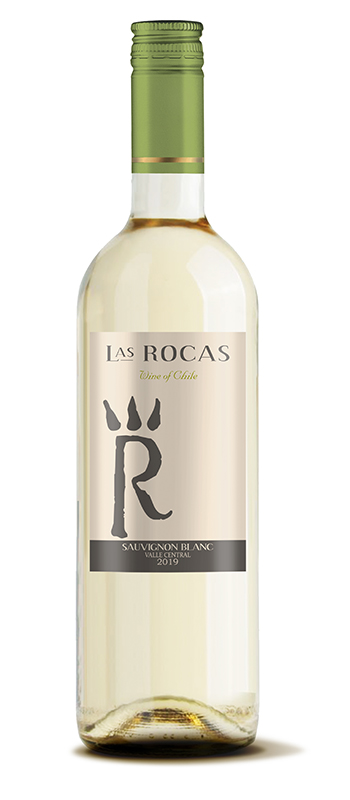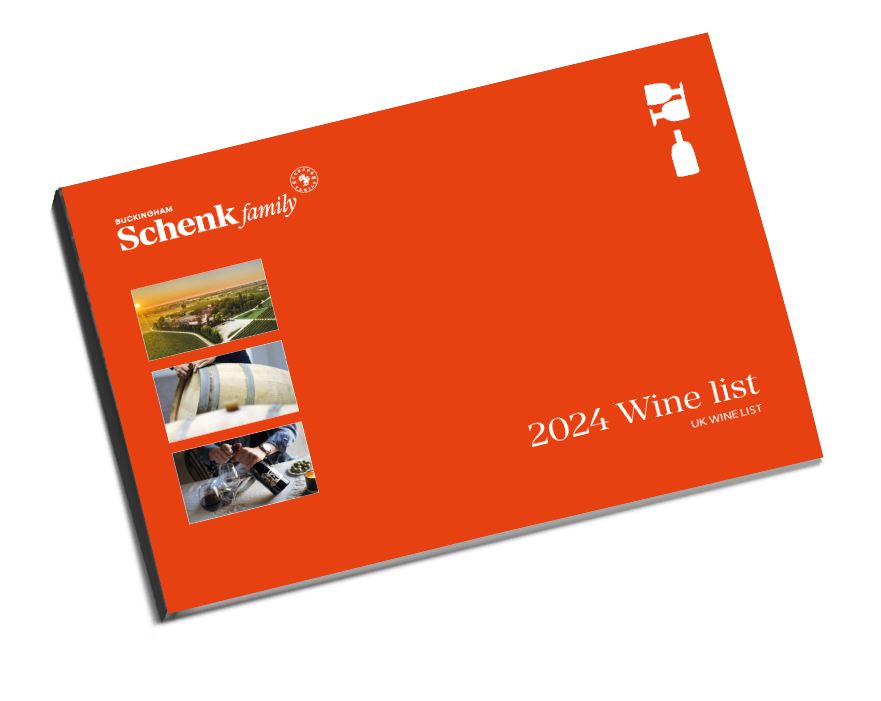The must was protected from contact with the air throughout the process, which began with a cold maceration for 4 to 8 hours to increase contact between the juice and skins of the grapes and boost the aromatic potential. Next came a slow fermentation at temperatures ranging from 12ºC to 15ºC, drawing out the variety’s typical fruit and mineral aromas. After fermentation, the wine was aged over its lees for four months, and battonage was used to gently move it so as to maximize the contribution of the wine coming into contact with the fine sediment.
Las Rocas Sauvignon Blanc
- Chile

Las Rocas Sauvignon Blanc
About
Taste
This Sauvignon Blanc is fresh, vibrant and youthful with a good fruit and pleasant acidity. Great on its own or with light salads and seafood dishes.
- Viñedos y Frutales
- White
- Chile
- 12.5%
- Sauvignon Blanc
